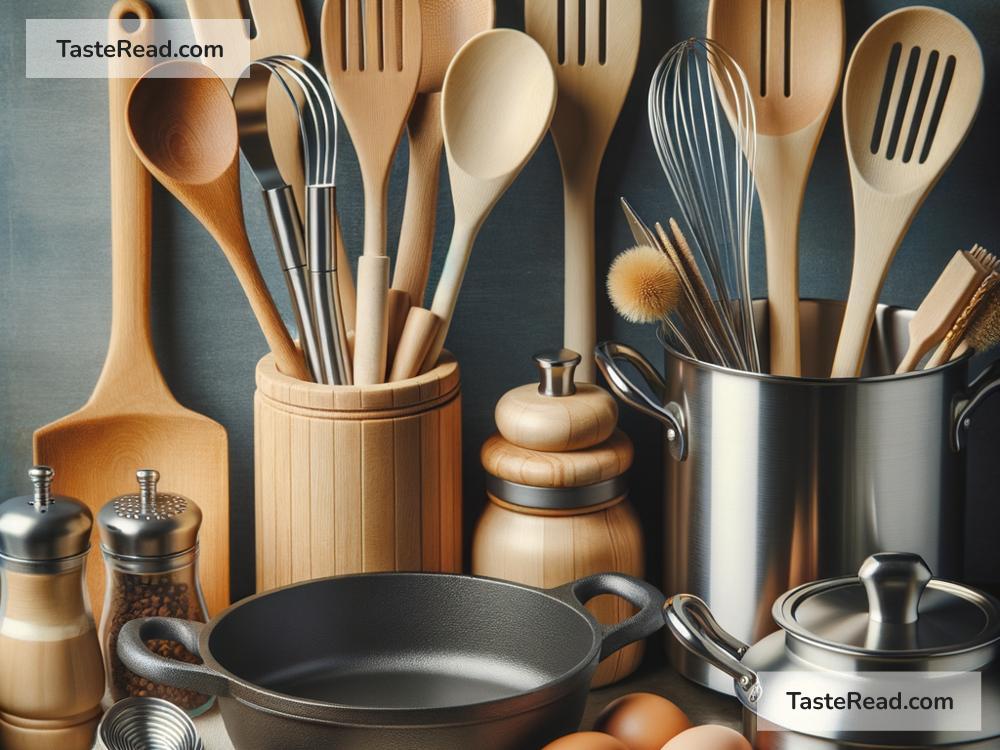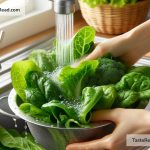How to Properly Clean and Maintain Your Kitchen Tools
The kitchen is the heart of the home, where meals are prepared with love and families gather to share their day. However, none of this would be possible without our trusty kitchen tools. From knives and cutting boards to pots and pans, these tools help us turn basic ingredients into delicious meals. But just like any other equipment, they need proper care and cleaning to stay in good shape and ensure our food is safe to eat. Here’s how you can keep your kitchen tools clean and well-maintained.
1. Start with the Basics: Washing
The first step in keeping your kitchen tools in tip-top shape is to wash them after each use. This may sound obvious, but there’s a right and a wrong way to do it:
- For most kitchen utensils and equipment, warm soapy water will do the trick. Avoid using highly abrasive scrubbers on non-stick surfaces as they can scratch and damage them.
- Knives should always be washed by hand. Dishwashers can dull their edges, making them less efficient and more dangerous to use. Dry them immediately to prevent rusting.
- Wooden tools like cutting boards and spoons need special care. Expand their life by hand-washing with warm soapy water and drying them right away. Never soak them as water can cause the wood to split and crack.
2. Disinfecting: Going the Extra Mile
Sometimes washing alone isn’t enough, especially when dealing with raw meat, poultry, and fish. To disinfect your tools:
- Make a solution with water and bleach (about a tablespoon of bleach per gallon of water) and use it to wipe down surfaces and tools after washing.
- Vinegar and hot water can be a more natural alternative for those who prefer to stay away from bleach.
Remember, it’s essential to rinse your tools and surfaces with water after disinfecting to remove any chemical residues.
3. Dealing with Stains and Odors
Certain foods can leave behind smells and colors that are tough to get rid of:
- To remove stains from plastic ware, rub a paste of baking soda and water and let it sit for a few minutes before washing.
- For odors, soaking the utensils in a mixture of water and vinegar for 30 minutes before washing can work wonders.
4. Sharpening Knives
Keeping your knives sharp is not only essential for efficient cutting but also for safety. A dull knife requires more force to cut through food, which can lead to accidents. You can use a honing rod for daily maintenance and a whetstone for sharpening every few months, or consider getting them professionally sharpened.
5. Seasoning Your Cookware
Some types of cookware, like cast iron and some baking stones, require seasoning:
- For cast iron, after washing it with water (and mild soap if needed), dry it thoroughly. Then apply a thin layer of cooking oil and bake it in the oven for about an hour at 375°F. This process creates a natural non-stick surface and prevents rusting.
- Baking stones often don’t need much beyond rinsing and baking, but check the manufacturer’s instructions to ensure proper care.
6. Storing Your Tools Properly
Proper storage is just as important as cleaning:
- Knives should be stored in a knife block or on a magnetic strip away from other utensils to keep their edges sharp.
- Pots and pans should be stacked with care to avoid scratching non-stick surfaces. You can place a paper towel or soft cloth between them for added protection.
- Keep your kitchen tools in a cool, dry place to avoid humidity which can lead to rust and mold.
7. Regular Checks and Replacements
Finally, it’s vital to regularly check your kitchen tools for wear and tear:
- Replace sponges and scrub brushes frequently to avoid the build-up of harmful bacteria.
- Inspect your utensils for any signs of damage, like cracks in wooden spoons or rust on metal utensils, and replace them if necessary.
Taking good care of your kitchen tools not only prolongs their life but also ensures your cooking environment is safe and hygienic. Incorporate these cleaning and maintenance tips into your routine, and you’ll enjoy cooking with your favorite tools for years to come. Remember, a well-maintained kitchen is the secret ingredient to delicious and healthy meals!


